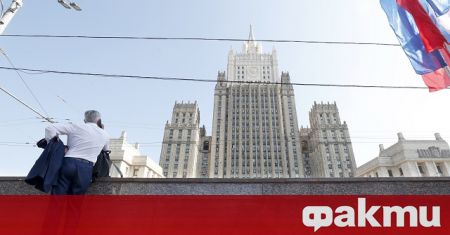At the start of the year, hospitals in Los Angeles were full, restaurants empty, and the county had three times more Covid-19 cases daily than any other in the United States.
Today, Los Angeles County has one of the lowest per capita infection rates of the ten most populous counties in the country. Restaurants are crowded, hospitals have beds available, and experts are examining possible explanations for one of the pandemic’s biggest setbacks, which came even as the vaccination rate fell below the national average. Their hypotheses include the existence of strong immunity caused by previous outbreaks of the epidemic and the presence of a variant prevalent in California that could protect against the emergence of more contagious strains.
California has led the way in the decline in the number of cases across the country in recent months. According to the Centers for Disease Control and Prevention, it now has the lowest per capita Covid infection rate in the continental US states, thanks in large part to the county of Los Angeles, where a quarter of its 40 million inhabitants live.
In early January, around 20% of Covid tests were positive in Los Angeles County, which recorded more than 15,000 new cases and 250 deaths on most working days. More than 1,600 intensive care beds were then occupied by patients with the coronavirus. Last week, the positivity rate hovered around 1%. Most of the time, around 400 new infections and less than 50 deaths were reported daily and just under 500 people are currently hospitalized due to Covid-19.
“It’s a dramatic decrease,” said Barbara Ferrer, Los Angeles County director of public health. She indicates that it will be months before we get definitive answers on the factors behind this sharp drop in Covid rates, but that several elements have probably come into play.
During the entire pandemic, 1.18 million cases of Covid-19 have been identified in Los Angeles County. But, in reality, nearly 40% of the population may have already been infected, says Shira Shafir, associate professor of epidemiology at the University of California at Los Angeles. This percentage is not sufficient to ensure collective immunity, but it may still be that a large part of the population is no longer exposed to the virus.
In addition, the California variant, identified late last year as the cause of the increase in infections in the region, could prevent the spread of its more dangerous British counterpart, which has led to higher rates of contamination in the Midwest, according to health experts. The California variant is 20% more transmissible than the initial strain of Covid-19, compared to 50% for the British, according to the CDC.
Although rapid, vaccination lags behind the national average. In Los Angeles County, just over 37% of residents aged 16 or older had received at least one dose by April 9. According to the latest CDC data, this is the case for 51.5% of adults in the whole of the United States
“There are fewer people exposed, more people are vaccinated, and we are maintaining our requirements for prevention,” says Dr Ferrer.
Unlike states that fully reopened their economies last month, such as Texas and Arizona, California has been slow to ease its measures. And the Los Angeles authorities have chosen to maintain some of them, even when California rules allow them to partially lift them.
Restaurants have been closed, even terraces, for more than two months this winter, as have schools, gymnasiums, museums and cinemas. These provisions have allowed the county to find itself where it is today, assures Dr. Ferrer.
In recent weeks, Los Angeles has been one of the last major metropolises in the country to start reopening. Public school students are resuming part-time face-to-face lessons, while restaurants, gymnasiums and museums can once again accommodate limited numbers. In trendy neighborhoods like Echo Park, potential customers crowd the sidewalks waiting for an available table.
“Every day I had to check the numbers to see if I could pay the salaries or not,” slips, referring to the situation a few months ago, Armando De La Torre, 61, owner of Guisados, a small chain of taco restaurants in town. “Now things are improving every week. “
Hospitals – which in January were so overwhelmed with Covid patients that they used hallways, waiting rooms and doorways to treat patients – now have more than 1,000 beds available.
But health experts and local officials say the threat of another outbreak will last until at least 70% of the population is vaccinated or has some form of immunity.
“I think that, for now, until we vaccinate a larger proportion of the population and move closer to herd immunity, we will still be at risk of an epidemic and new waves, ”said Johnese Spisso, CEO of the UCLA Hospital System.
Dr Ferrer says she remains particularly concerned about the low vaccination rates among black and Latino men, of whom 19% and 17%, respectively, have received at least one dose of the vaccine. These people are among the groups hardest hit by Covid-19.
The director of public health explains that she works at least once a week in a county vaccination site and regularly meets people who think that it is not necessary to be vaccinated, or because they have already been infected. by the virus or because they do not believe they will contract it.
“We will not achieve collective immunity before June,” she announces. But the more people get vaccinated, the more we will be able to fight the virus. “
–


